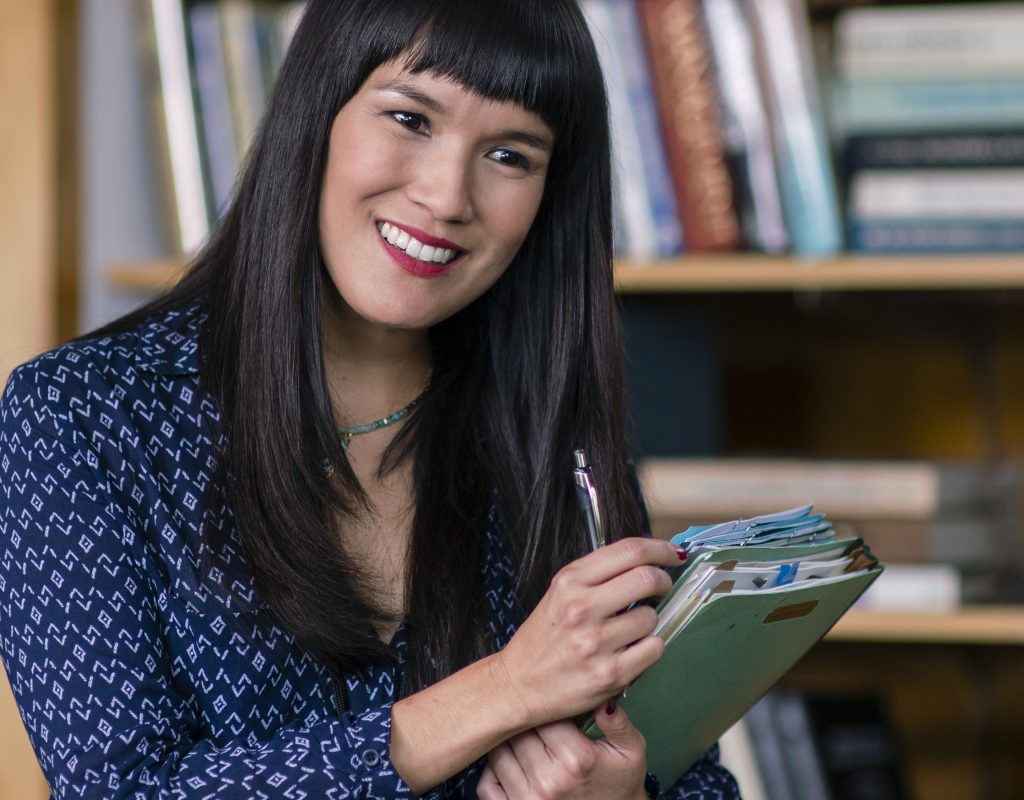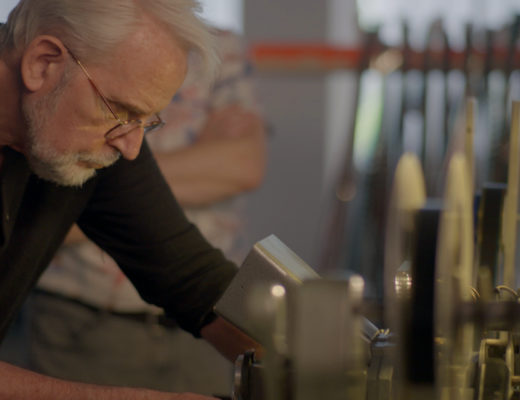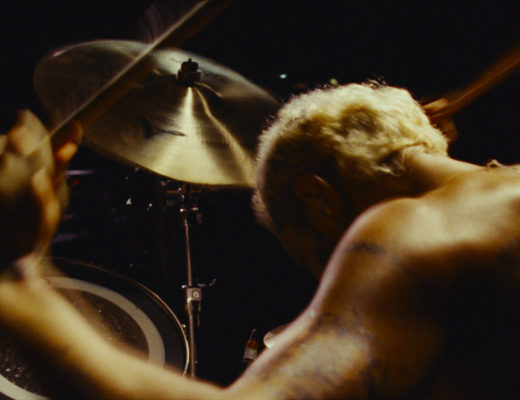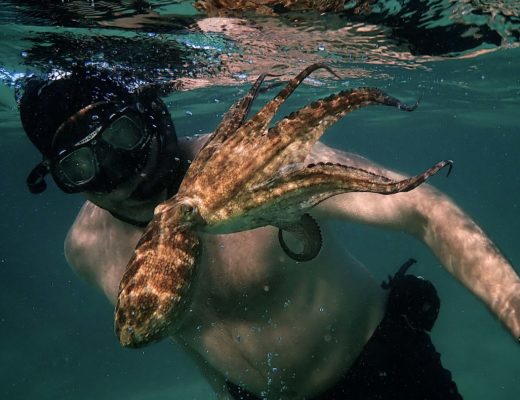Sandra Adair, ACE, has a lengthy list of awards, starting with an ACE Eddie nomination for editing School of Rock (2004), and including an ACE Eddie win and an Oscar nomination for Boyhood (2014).
Starting work as an assistant editor in the mid-70s, she graduated to the editor’s chair and also worked on features such as Dazed and Confused (1993), Texas Chainsaw Massacre: The Next Generation (1994), SubUrbia (1996), Bad News Bears (2005), and A Scanner Darkly (2006), and many others. She has also edited numerous documentaries. That documentary experience came in handy in editing Where’d You Go, Bernadette? as you will see in this interview.
This interview is also available as a podcast.
(This interview was transcribed with SpeedScriber. Thanks to Martin Baker at Digital Heaven)
HULLFISH: So good to talk to you. I loved the movie last night.
ADAIR: Oh I’m so happy to hear that.
HULLFISH: I thoroughly enjoyed it. Tell me a little bit about the structure of the movie. I figured most of it was probably done in the writing but did the structure change at all from script to screen through post?
ADAIR: In post the structure did change somewhat in that the original cut was almost three hours long, so there was a lot of material that came out of the film and a lot of things that moved within the film. There was a lot of experimentation that happened in that period of post. For instance, probably the most time spent editing was on the documentary. Initially, the two docs that ran 15 or 20 minutes each and they each had many iterations.
At one point, the documentary had an entire sequence about Bernadette’s early career and her involvement in building the Getty Museum and the first part of the doc was delving deeply into her process of found objects and incorporating found objects into her architecture. It became just too much. So we whittled it down over and over again and at one point we tried opening the film with the documentary — feeling that if we got off on the foot of the audience understanding that she was a professional, well-regarded architect from the very beginning that it would inform everything that came after. But originally — and in the script form — the film started with Bernadette being missing and the scene where her daughter says, “You can’t always know a person but it doesn’t hurt to try.”
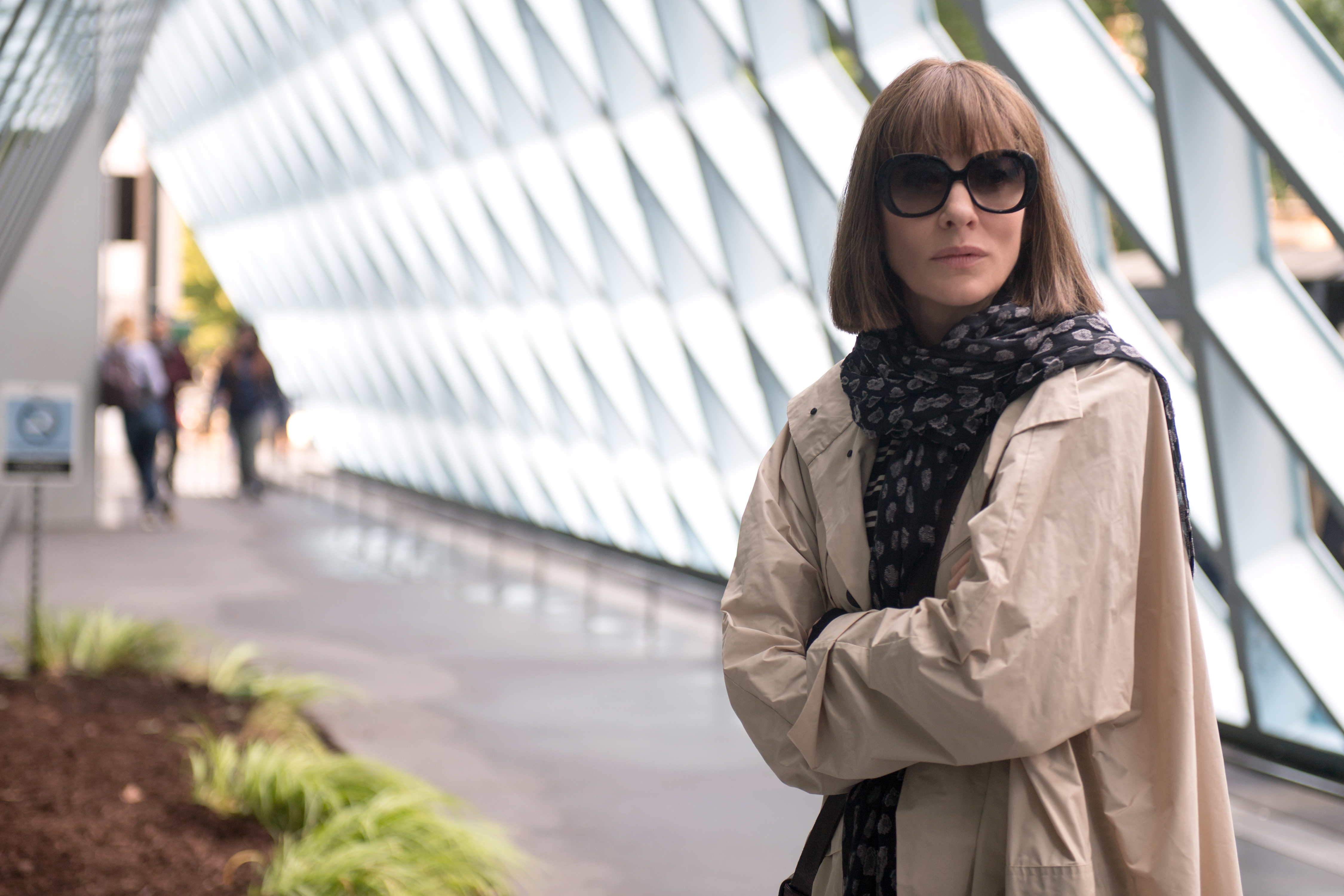
A lot of things did shift. A lot of things moved around and we decided that rather than starting the film with the documentary we would just pull it forward from where it had been in the shooting script so that we would get to the documentary as soon as the architecture student recognized her at the library. Originally, the first part of the documentary was going to come a lot later in the film
There’s a lot that happens in a film when you have to take an hour out so that whittling process reveals more opportunity than you think it’s going to. First, it feels very daunting, like, “How in the hell are we ever going to pull this off?” I always liken it to getting a good haircut. Once you cut one part of your hair, if you don’t cut the other part you see, Oh wow! That part really looks misshapen and out of control, so it’s a process. You have to make it all the way around the entire head.
HULLFISH: The movie starts out where you don’t really understand who Bernadette is. She’s just kind of this quirky character until much later in the film when you learn that she’s this genius architect. I thought was a wonderful revelation. I loved that structure.
ADAIR: It’s a fine line to be able to string an audience along long enough to receive the revelation later in the film. So part of the challenge for me was to keep Bernadette as likable as she could be within the confines of who she actually is and was. You discover more and more about Bernadette as the film goes on and things are revealed about her bit by bit. Some very important background clues about Bernadette are revealed in the cafe sequence with Laurence Fishburne’s character. These clues are more fully explained in the second part of the documentary but before we get to that second doc there are small clues that she’s had this interesting past and her surroundings — her house and the incredible design detail that’s in that house — you know she’s eccentric and thoughtful and intellectual and also a mom.
HULLFISH: Are you saying that at some point you really considered putting the documentary at the top?
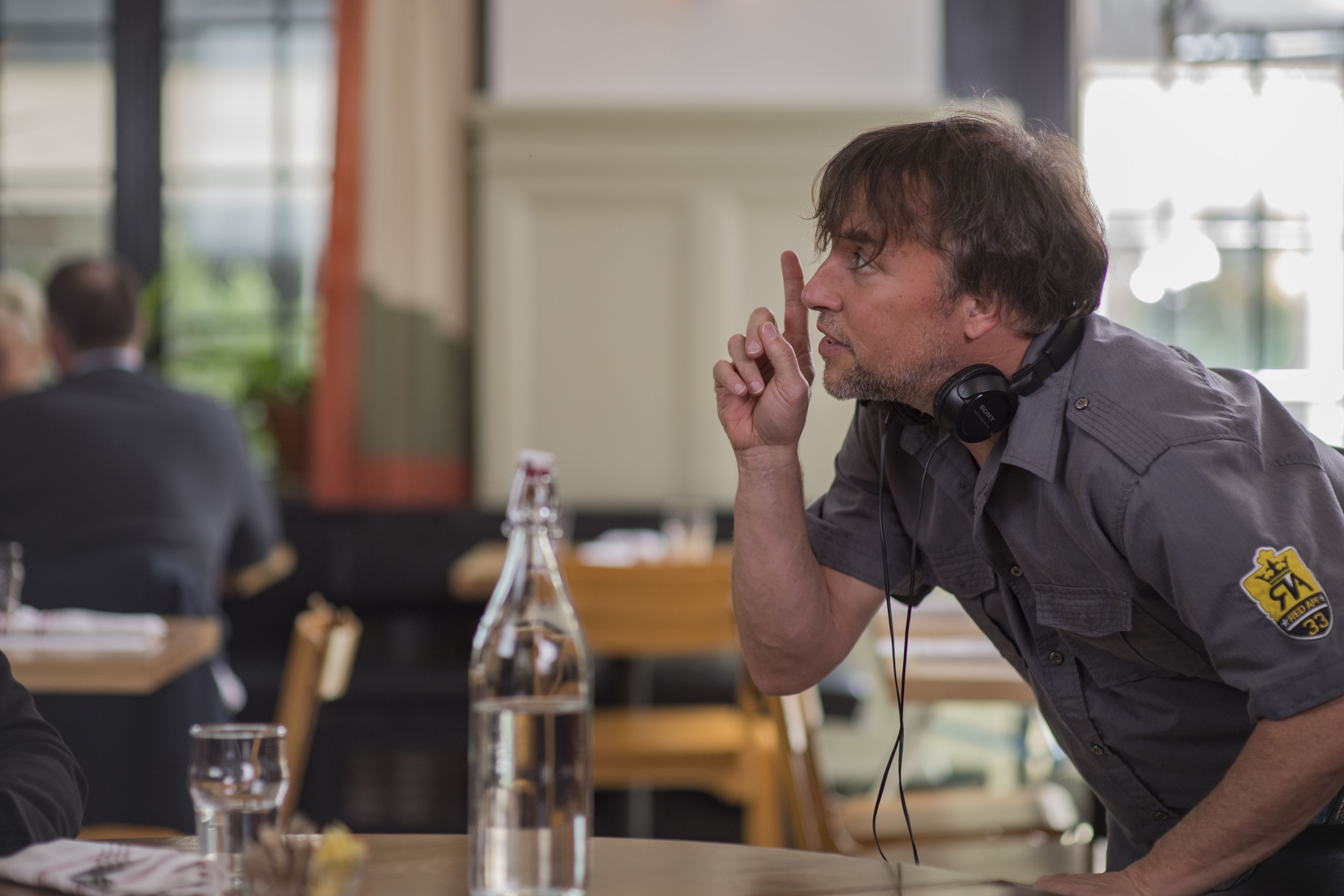
ADAIR: Yeah we did for a minute. It didn’t last long. We give it away. Rick (director Richard Linklater) and the script always had the film starting in Antartica and then flashing back to all the events that led her to the moment of being on that still water.
We were really in love with that drone shot of the dark black water with the kayaks kind of floating into frame. And we really loved that as an opening shot and wanted to use it. And we did pull the documentary close enough to the front that we felt like we got there soon enough
HULLFISH: Did you feel when you were trying to edit that being in the perspective of Bernadette was critical or did that inform you in any way? How does perspective inform your editing?
ADAIR: She’s the whole movie really. She and her relationship with her husband and her increasing neurosis and obsession with Seattle and all of that. The film is about a very conflicted woman who has been at the very top of her game and then has this ridiculously horrible neighbor — sort of a cartoon figure type person — destroy one of her finest creations — the thing that kind of put her on the map and the bitterness and resentment and wanting to run away from that environment that she had been so successful in L.A. It drives everything about Bernadette. There’s no escaping being in Bernadette’s point of view for the whole film. She’s the entire sun of the whole movie.
HULLFISH: Did it inform choosing coverage to try to be in her perspective or no?
ADAIR: A little bit. I would say yes. Cate’s performance is flawless in so many ways in that she delivered a huge range for us to select from particularly in the cafe scene. That is a really long scene. I don’t know what it ended up being in the final film, but it was at least twice that in the original cut.
HULLFISH: To explain to the people that are listening, that cafe scene would be where she’s talking to the Laurence Fishburne character and you’re also intercutting with the husband’s conversation with the psychologist?
ADAIR: Yes, exactly. So she’s talking to Laurence Fishburne in a cafe. His character, Paul Jellinek, is an old colleague of her’s from her past LA architecture days. She hasn’t seen him in a very very long time. The scenes in the cafe were designed to be intercut with scenes between Bernadette’s husband, Elgie, and a psychologist. Elgie is meeting with this psychologist about the condition of his wife’s life — he’s very confused by Bernadette and worried about her. In Bernadette’s conversation with Jellinek, she is slowly revealing to him what’s been going on with her for the last 20 years.
And so these two conversations are intercut and in the process of intercutting those two, you find out so much about Bernadette. You know her quirkiness, her psychological anxiety, and almost agoraphobia, and Elgie is revealing to the psychologist his concern for Bernadette, his love for Bernadette, and some of her past foibles. We also find out what attracted him to Bernardette in the first place and their early relationship. The way the scenes were designed, each component — each part of the intercut — the camera is moving in a way that makes a very fluid kind of conversation between the two people in the cafe and the two people in Elgie’s office.
As we started whittling that down — because it was extremely long — the camera movements became a little bit less fluid and a little bit less the way they were choreographed. And in the end, it really doesn’t matter. The camera’s moving wherever it’s moving and it still seems to work and I tried not to let that be a barrier for me because it was my goal and my job to tell the parts of the story that needed to be told and withhold the pieces that didn’t necessarily move our perspective of their predicament forward. Some of the stories and some of the components didn’t necessarily drive you toward learning more about Bernadette and their relationship. Anyway, it was challenging because it’s a tightrope walk. You don’t want to damage story. You don’t want to damage character, but you do want it to feel like it’s got a purpose, without too much meandering, and that it’s revealing more information with each intercut.
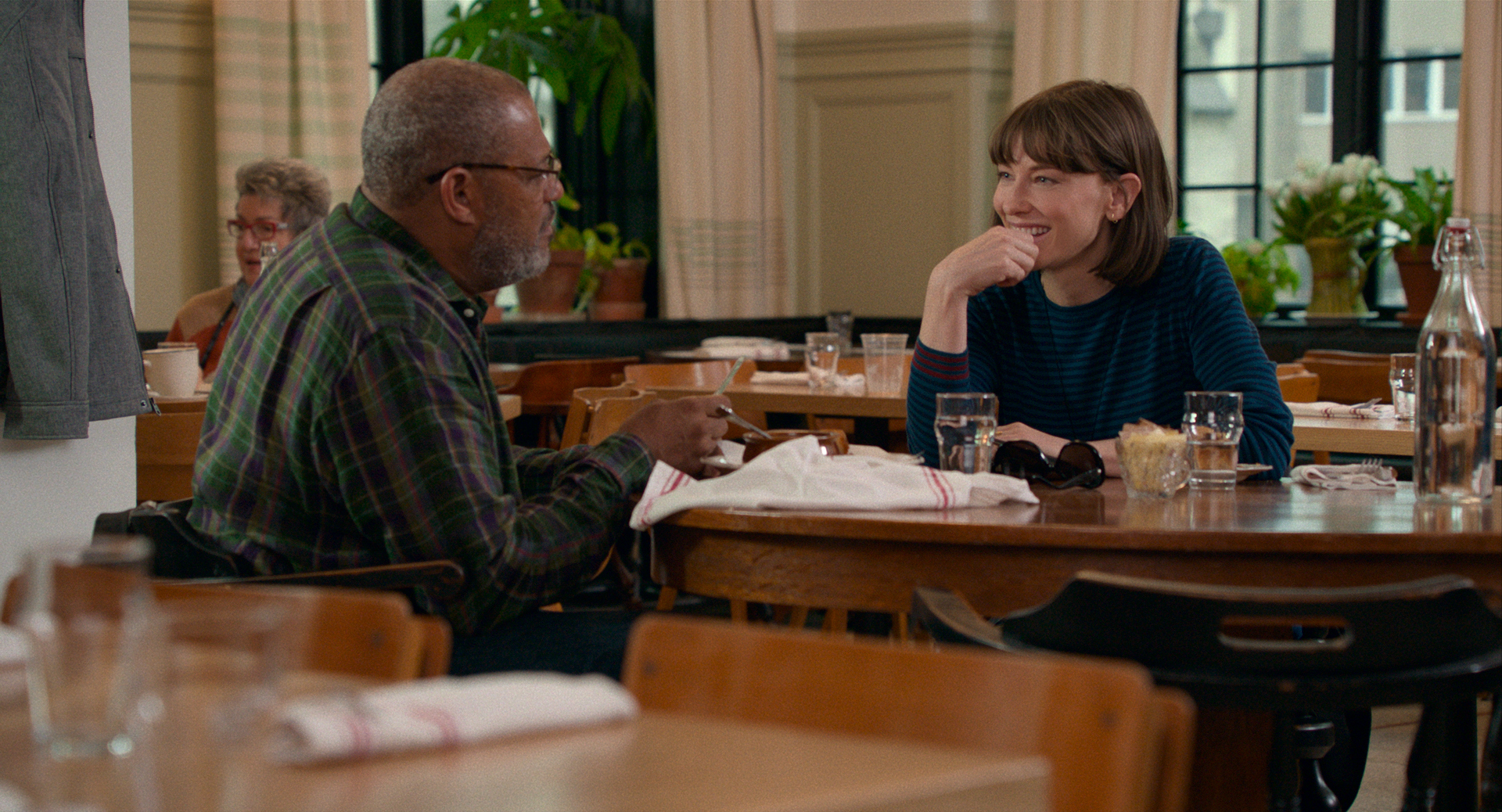
What is interesting about this series of intercut scenes is that the juxtaposition of these two conversations, Elgie’s and Bernadette’s, told from their individual perspectives, draws a more complete yet complex picture of how they see ‘reality.’ You come to understand that though they’ve been together through all kinds of marital experiences, they really do interpret almost everything from their own separate perspectives. The scenes set up how Bernadette, frustrated, conflicted and misunderstood ends up being who she is, and how Elgie worried and trying to make sense of things, sees things completely differently, with the help of the psychologist, of course. This difference in ‘reality’ becomes the crux of all that goes awry and why Bernadette ends up escaping.
There’s a section in the intercut sequence where you find out that after Bernadette leaves L.A. and goes to Seattle to settle with her husband, she has a series of miscarriages. It’s devastating for her. And yet what comes out of it is the birth of her daughter Bee who is sort of the center of Bernadette’s universe right now. It’s a well-thought-out, very complex series of scenes that required a lot of editing and rearranging.
The thing about Laurence Fishburne. He is an incredible actor. His ability to tune in to Bernadette and to actually actively listen… every time I would want to find a piece to cut to him he was always engaged, participating in the conversation even though he really didn’t say very much at all until the very end of the scene.
HULLFISH: That’s wonderful to get that. How do you approach a scene when you’re doing something like that? Do you pull selects? Are you just writing notes when you see a beautiful reaction shot?
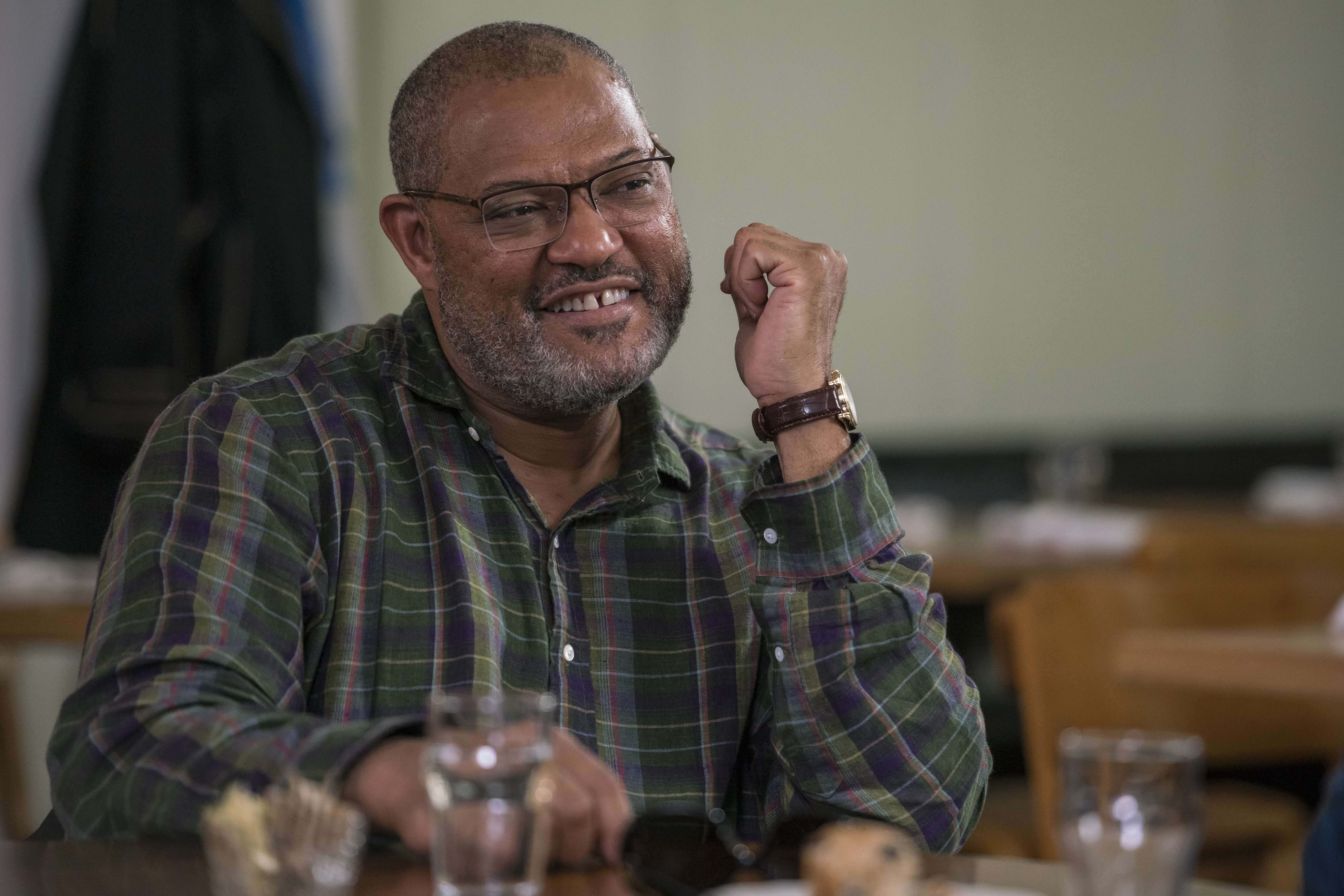
ADAIR: No. I pull reactions shots as I need them — as I want them. And then I search for the perfect piece for that particular in and out that I need. Rick always shoots these long conversations with cups and cigarettes and dishes and drinks and forks and knives.
HULLFISH: I know where this discussion is going.
ADAIR: “Can you ever shoot a scene where there are no props involved?”
HULLFISH: And why does that matter, Sandra?
ADAIR: It’s challenging. I never let it dictate what I have to do, but you do pray that the actors have a little bit of mindfulness about what they’re doing with their hands and their arms and their props and their head position and all that. It just helps you do your job better. It does weigh in when you’re cutting away from a medium shot to another medium shot and if somebody’s holding a cup in one shot and not in the other, it’s a big deterrent from using that particular piece of film.
It’s just a little part of the job and part of finessing and finessing and finessing — finding the right pieces that work with another. So, that’s why I don’t take notes on reaction shots — “Oh this is the perfect reaction shot” — because you never know what you’re going to encounter at that exact frame where you’re going to want to cut. Then you have to find the exact right piece for that out point to be able to come in and out. And so I just wait until I need something and then I do what I call “go fishing.”
HULLFISH: And you go fishing straight into the bins — looking at individual clips, not to a select reel?
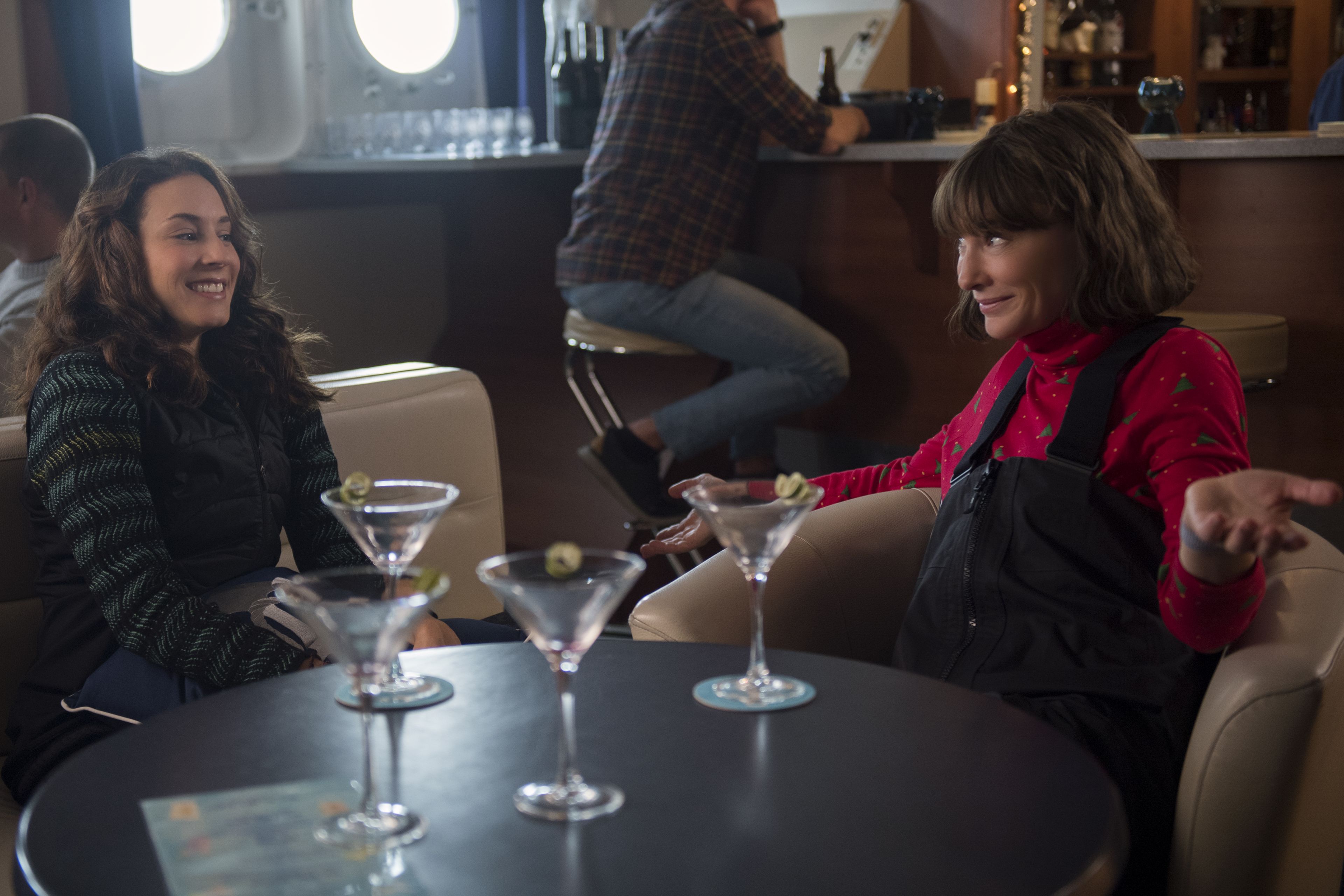
ADAIR: Correct. That’s correct. I go back to the original dailies all the time. I do use selects for some things. But I really rely on locators. Rick shoots series, so he doesn’t cut the camera. And so sometimes there are multiple takes within one take and he’ll have actors go over the same section of a scene over and over again and it’s connected to the end of a full take. So a lot of times I just have to rely on locators with notes rather than selects. It’s really hard for me to get in the groove of things when there’s a ‘string out’ of selects. I know that some editors do like to assemble all the takes of one line and put them on a timeline: here are all of the takes of one line from all the different angles and all the different takes, and then you watch all that and you pull the best performance. I do that sometimes. But it’s very hard to get into the rhythm when it’s presented to me that way. I’d much rather watch the performance as it came out of the actor’s mouth in real-time.
HULLFISH: Yeah I completely understand. You talked about the range of performances you were given. As you were going through the process of editing the film did you find that you needed a different temperature or a different tone for a performance than you would go look for it.
ADAIR: Yes. Yes, definitely. The first thing they shot was that cafe scene with Laurence Fishburne and Cate. It was several days of that, and since it was early on in the shoot, Cate gave us a huge range from A to Z of the temperature of those performances. And it was wonderful because as the scene progressed I was able to have her be just totally friendly and warm and excited to see her friend at the very beginning and then as their conversation gets more and more detailed you get more of a sense of her obsession with Seattle and her anxiety about her daughter and her panic attacks about the destroyed house in LA. There’s a measured calculation of how much more manic she gets as the scenes progress. Of course she is totally in control of the performance that she gives, but she did give a really nice range, so that when she tells the story about the miscarriages she gets very emotional, she quiets down and there’s a lot of ebb and flow to those scenes in particular and in the way she delivered her performance.
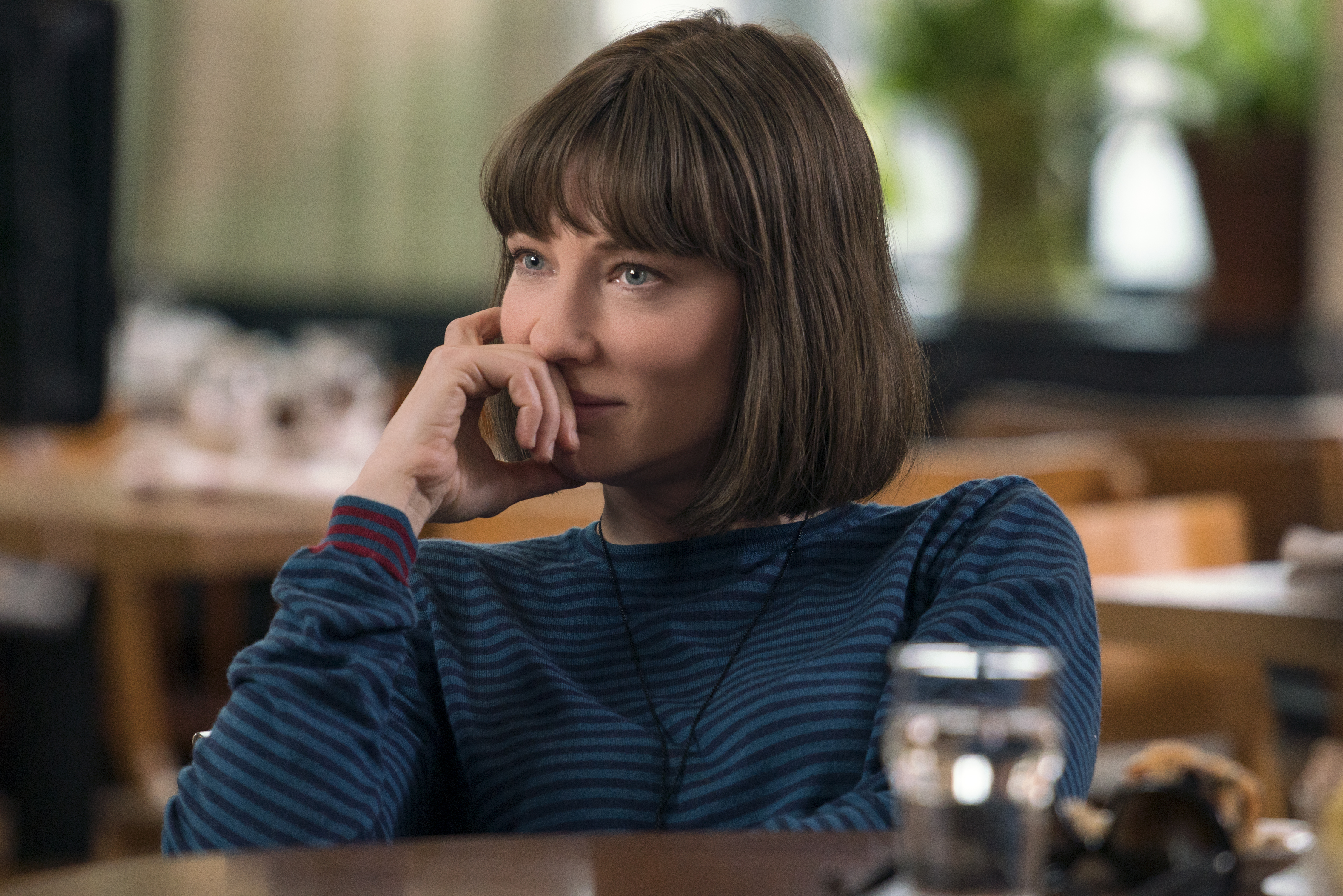
HULLFISH: I was able to get a small piece of that scene from the studio. When you watch that or when you think about that scene or the piece of the scene that I sent you, could you talk to me a little bit about choosing those moments of when to be on and when to be off of an actor when they’re speaking? (This is the video earlier in the article.)
ADAIR: I think when someone is delivering a line and the words fall on another person it gives those words a particular meaning, and when you’re on someone’s face when they’re saying the words there’s a different way of receiving the information as an audience. A lot of those reaction shots were used as a bit of a punctuation. A little bit of a pause and a respite from what’s being said and a reason to just pause to let something settle in or sink in. And that’s generally how I like to use reaction shots. It also keeps the characters connected. Even if it’s a monologue — if you have another person at the table — there’s someone there receiving that dialogue and either being judgmental or not judgmental or just taking it in and/or reacting. It keeps people connected.
HULLFISH: Another technical question about editing is: there’s a big intervention scene in the movie that’s probably the launch into act three?
ADAIR: Yes.
HULLFISH: There are a lot of people in the scene and the blocking changes throughout the scene. How were you able to keep the eye-lines right or what were the difficulties of cutting that very complicated scene?
ADAIR: I didn’t really have any eye-line problems. Rick rehearses the scenes so that they’re fine-tuned, so I generally don’t run into eye-line problems. I work moment by moment, just finding the right piece for each moment — keeping the connection between the actors and letting people interact and relate to each other as they would naturally. There’s a certain natural flow to a scene like that where one person is saying something the other people in the room must react to, one way or another. The scene is very well blocked, very well choreographed. Most of the people in that scene are seated and Bernadette is the one who’s moving, so the camera tracks her eye-line.
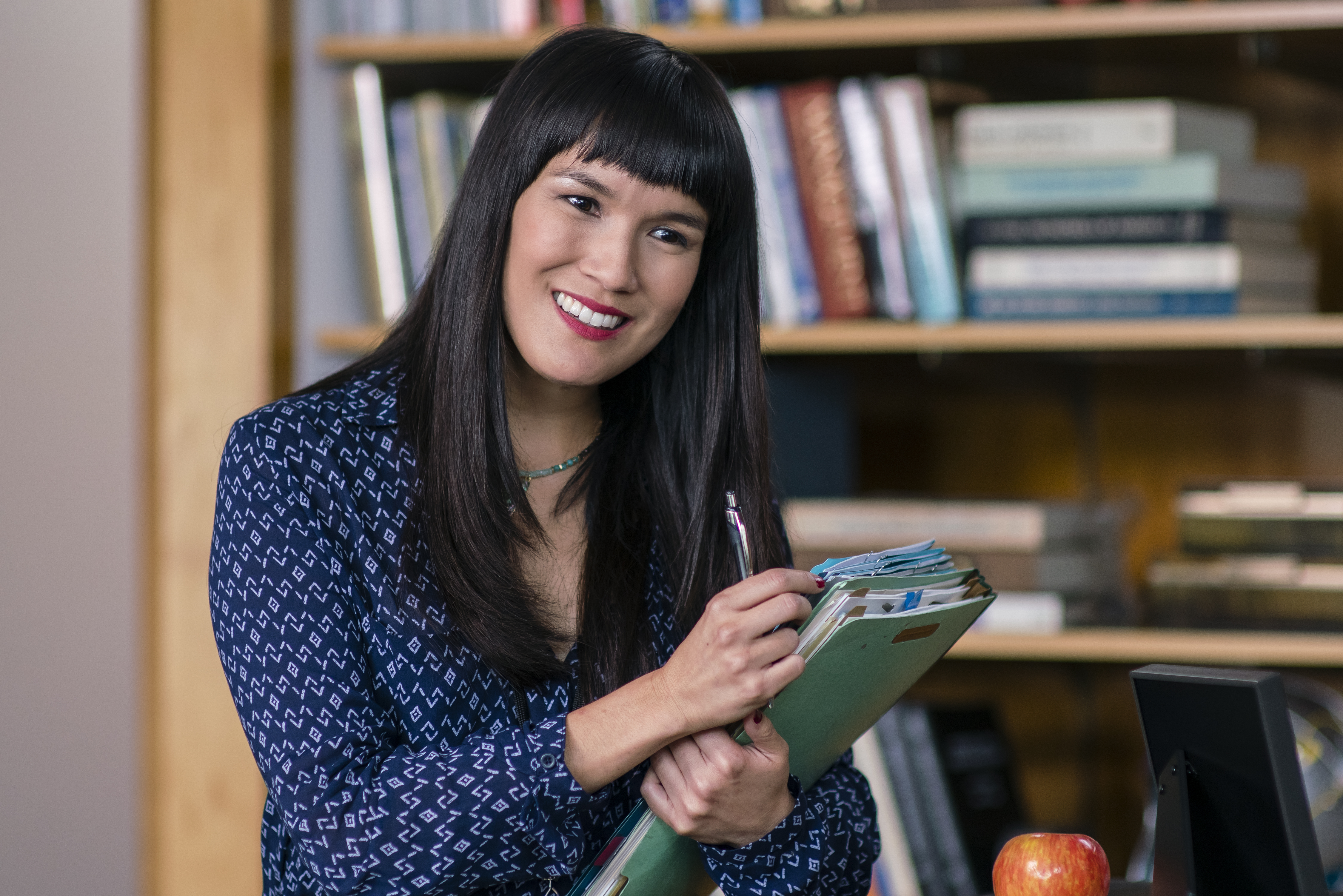
That scene was cut down, also. There was more interaction between Soo-Lin and Elgie early on before Bernadette arrives. That whole first part of the scene was much longer as they’re waiting for Bernadette to arrive. We got Soo-Lin and the FBI agent out of the room a lot sooner than they were originally. So that scene was cut down, but the main thing that I really wanted to achieve in that scene was the fact that Elgie and the psychologist are living in an entirely different reality than Bernadette. The complexity of the story is that Bernadette’s reality is not that she’s ‘off her rocker.’ She’s not crazy. She’s conflicted. She’s confused. She’s anxious. She’s very, very misunderstood. And what happens with her husband — in his effort to understand and help — he gets off on this totally weird wavelength. Their marriage has been falling apart for a long time and it culminates in this intervention that is totally unnecessary.
There’s one moment when they look at each other and her eyes filled with tears when she finally understands where he’s at and what he’s doing and he looks at her and has tears in his eyes and he’s realizing also that he’s come to this very difficult point and he’s hurting her, he loves her, but is at a complete loss about how to deal with her. It’s a very intense moment. They’re both incredibly conflicted and their relationship is very lost at that moment. So the goal for me always is — yeah, there’s blocking, there are eye-lines, there’s continuity, there’s all this stuff — but what really matters is the connection between the people and the story.
HULLFISH: Right. Which is hard to do sometimes when you have to cut out so much of the scene.
ADAIR: Yes.
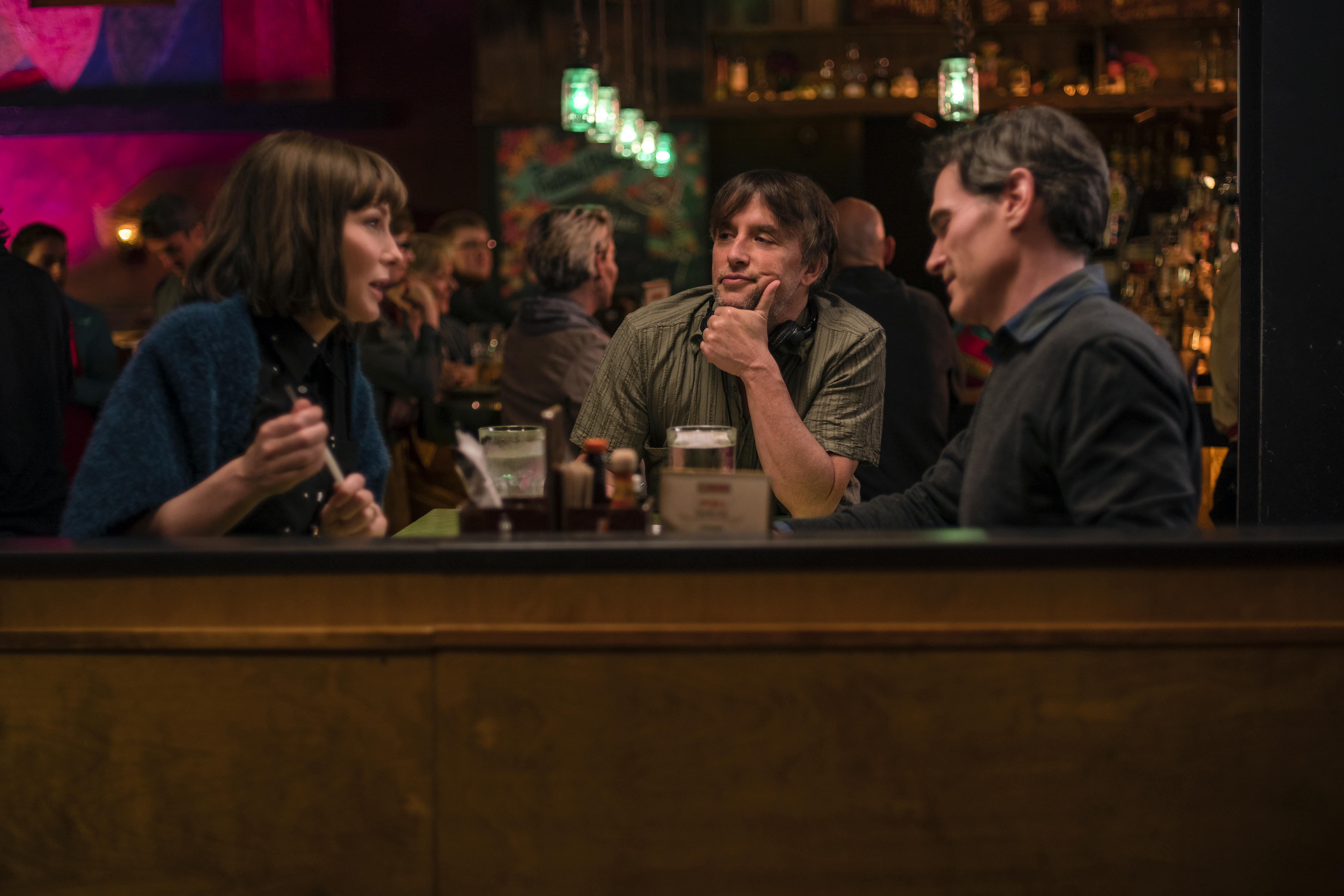
HULLFISH: And that’s also tricky with the actors’ performances because if they are building to a certain place in their performance and you’re trying to cut out half of that journey, that can be tricky. Did that happen in that scene?
ADAIR: No because we did preserve the intent and purpose of the scene. We didn’t cut out anything that was absolutely necessary to those character points and those story points. That all remained intact, and the performances were already there and we heighten them or shorten them, but we didn’t really take out anything vitally important. This is the challenge of shortening a film!
HULLFISH: Well, I really appreciate all of your time. I could talk to you forever. Thank you so much for talking to me about this movie. I really enjoyed it and it just felt like it was cut like butter.
ADAIR: Oh thank you very much. That’s wonderful to hear coming from you.
HULLFISH: What are you going off to cut now? Are you on to a new project?
ADAIR: Yes. I’m finishing up one documentary and I’m getting started on another documentary. I live in Austin, so there are really interesting filmmakers here that are doing other things rather than big Hollywood films and I’m able to work on these more regional and important little docs while Rick is writing and doing other things.
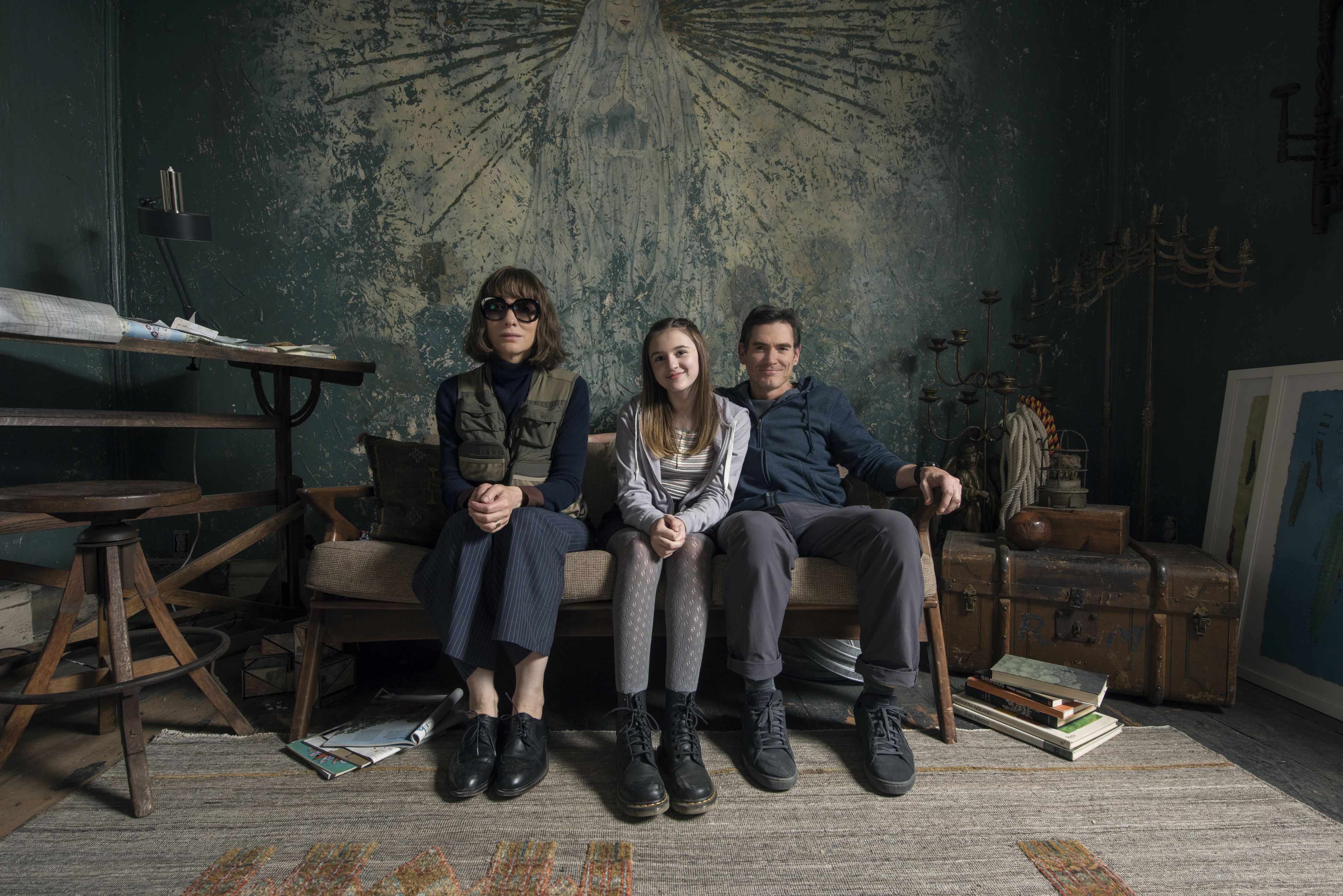
Credit: Wilson Webb / Annapurna Pictures
HULLFISH: Can I ask you one more question since you brought up the fact that you cut documentaries?
ADAIR: Of course.
HULLFISH: There is a documentary — or I guess there were originally two in this movie. Did you put on your documentary film-maker hat when you were editing the documentary? Did you say, “I’m going to cut this differently than the rest of the film?”
ADAIR: Oh yes. Definitely. Definitely. And as I said earlier they were extremely lengthy and went into huge amounts of detail. For example, the conflict between Bernadette and her neighbor, Nigel Mills Murray, had a lot of detail removed. As neighbors, they shared a driveway and there were a number of incidents between Bernadette and Nigel that created a feud. So there were a lot of reasons why he wanted to destroy Bernadette’s house.
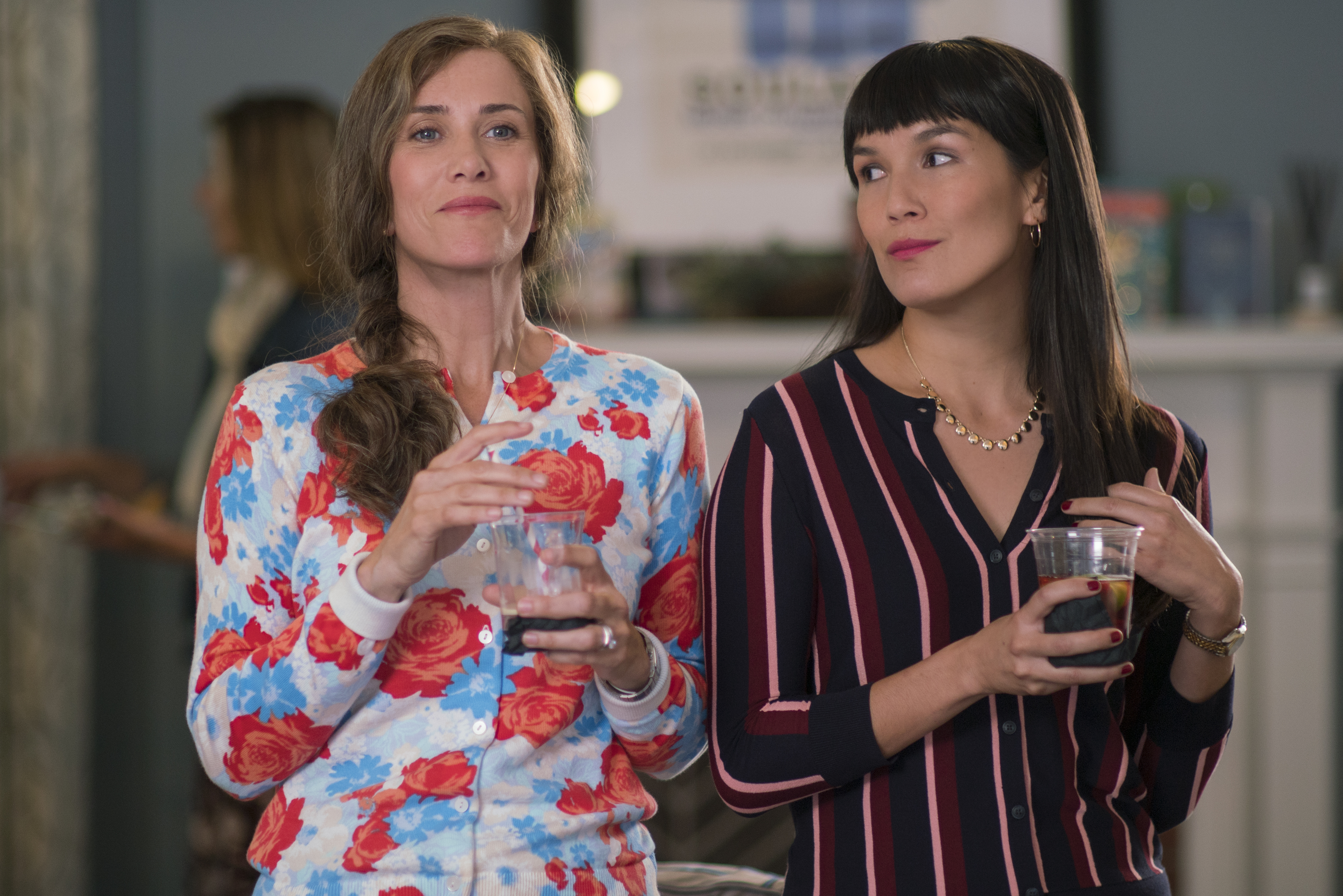
We finally realized that people are going to understand the feud — with or without all of that detail. For purposes of slimming down the film, we had to remove a lot of it. In the first part of the documentary, there was a lot more about her process of finding objects and using them in her architecture. That documentary is cut like a documentary. We had so much archival footage and stills and all kinds of material that you would normally be using in a documentary. We used a different composer to do the music for the doc.
HULLFISH: Oh interesting!
ADAIR: We didn’t want the doc music to sound anything like what the score sounds like. We really did it up! The art department created all those sketches of the 20 Mile House and they created the Bieber bifocal interior. The art department in Pittsburgh wove together all those bifocal frames.
HULLFISH: I hope the documentaries are going to be able to be seen in their full length on a DVD sometime.
ADAIR: Oh that would be good, wouldn’t it? I’m not sure exactly what was pulled for the DVD, but I wouldn’t doubt it.
HULLFISH: Thank you so much for your time today and good luck with the rest of your editing today.
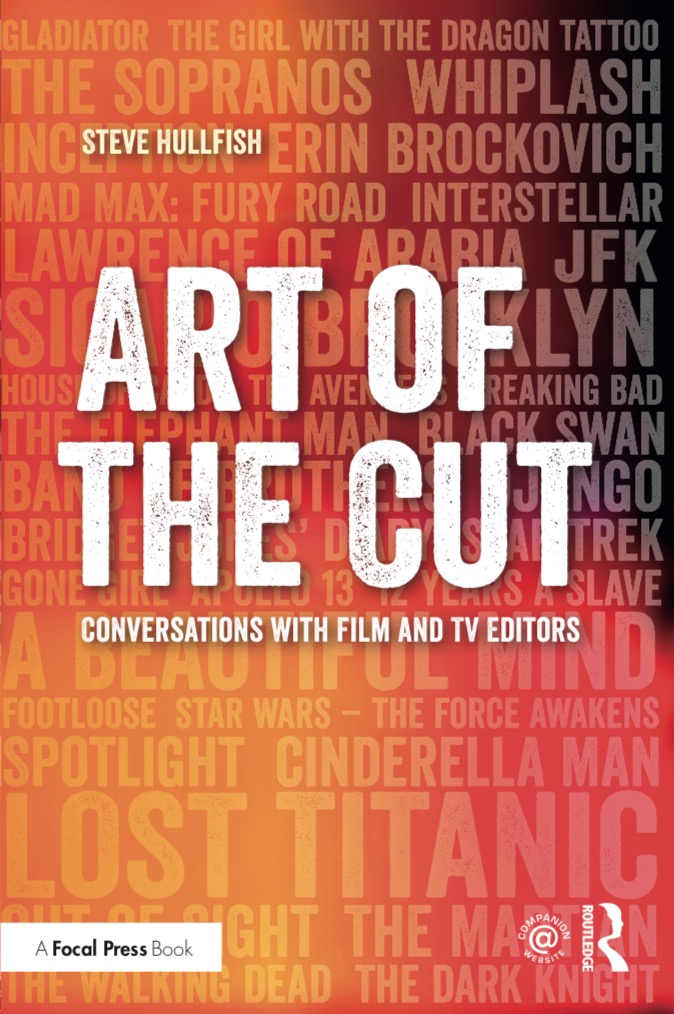
ADAIR: Thank you very much. Good to talk to you, Steve.
HULLFISH: Good to talk to you, too.
To read more interviews in the Art of the Cut series, check out THIS LINK and follow me on Twitter @stevehullfish
The first 50 interviews in the series provided the material for the book, “Art of the Cut: Conversations with Film and TV Editors.” This is a unique book that breaks down interviews with many of the world’s best editors and organizes it into a virtual roundtable discussion centering on the topics editors care about. It is a powerful tool for experienced and aspiring editors alike. Cinemontage and CinemaEditor magazine both gave it rave reviews. No other book provides the breadth of opinion and experience. Combined, the editors featured in the book have edited for over 1,000 years on many of the most iconic, critically acclaimed and biggest box office hits in the history of cinema.

Filmtools
Filmmakers go-to destination for pre-production, production & post production equipment!
Shop Now